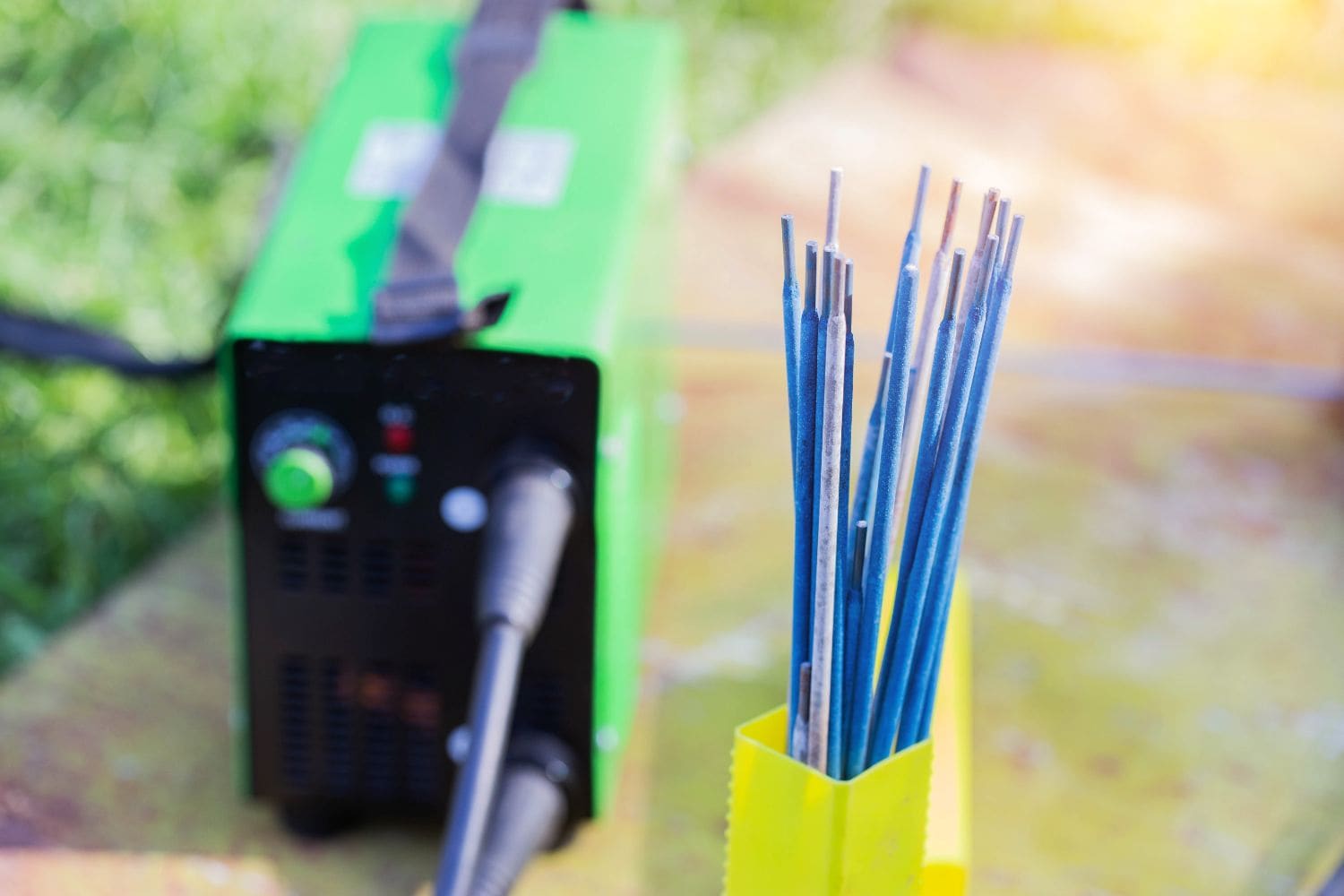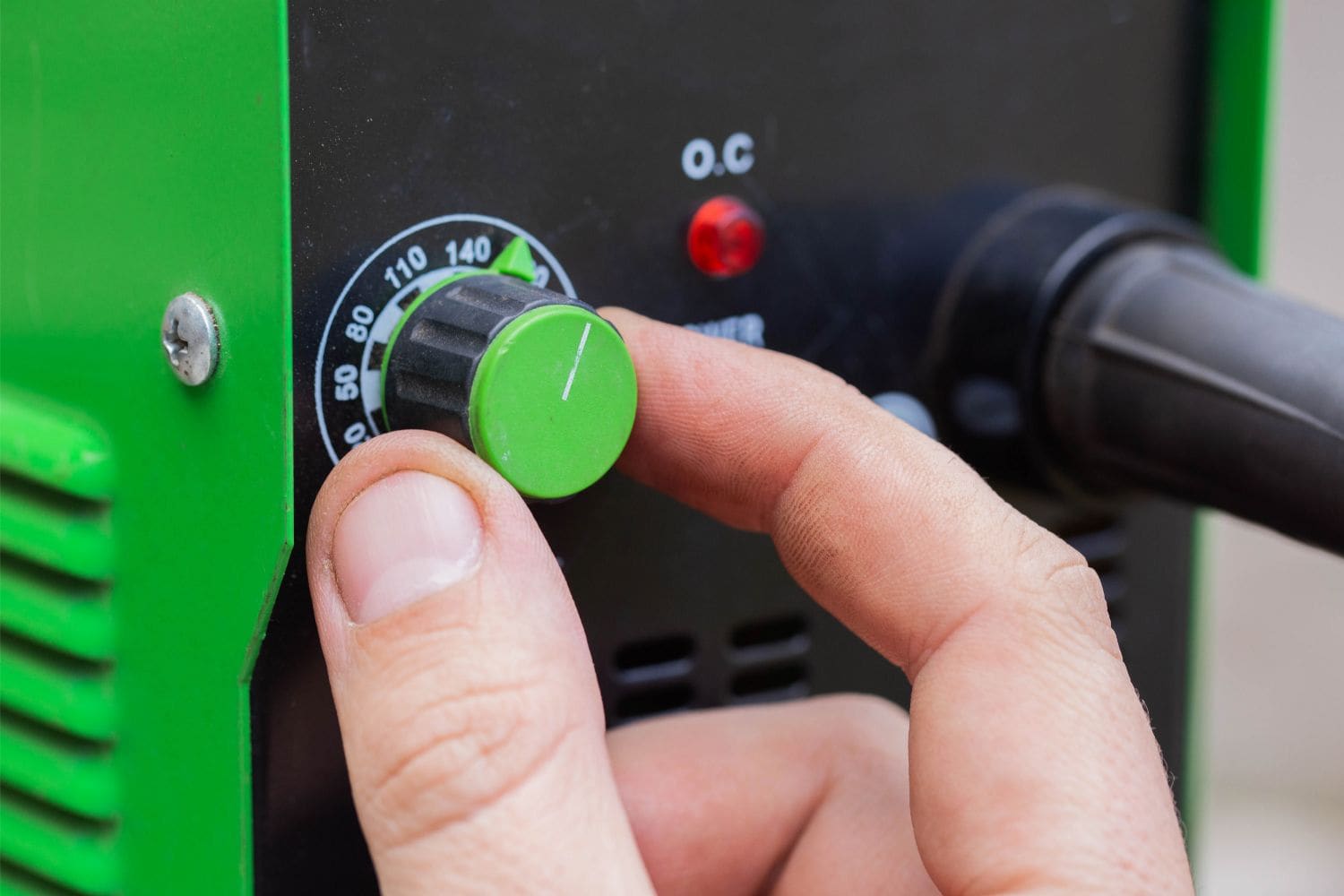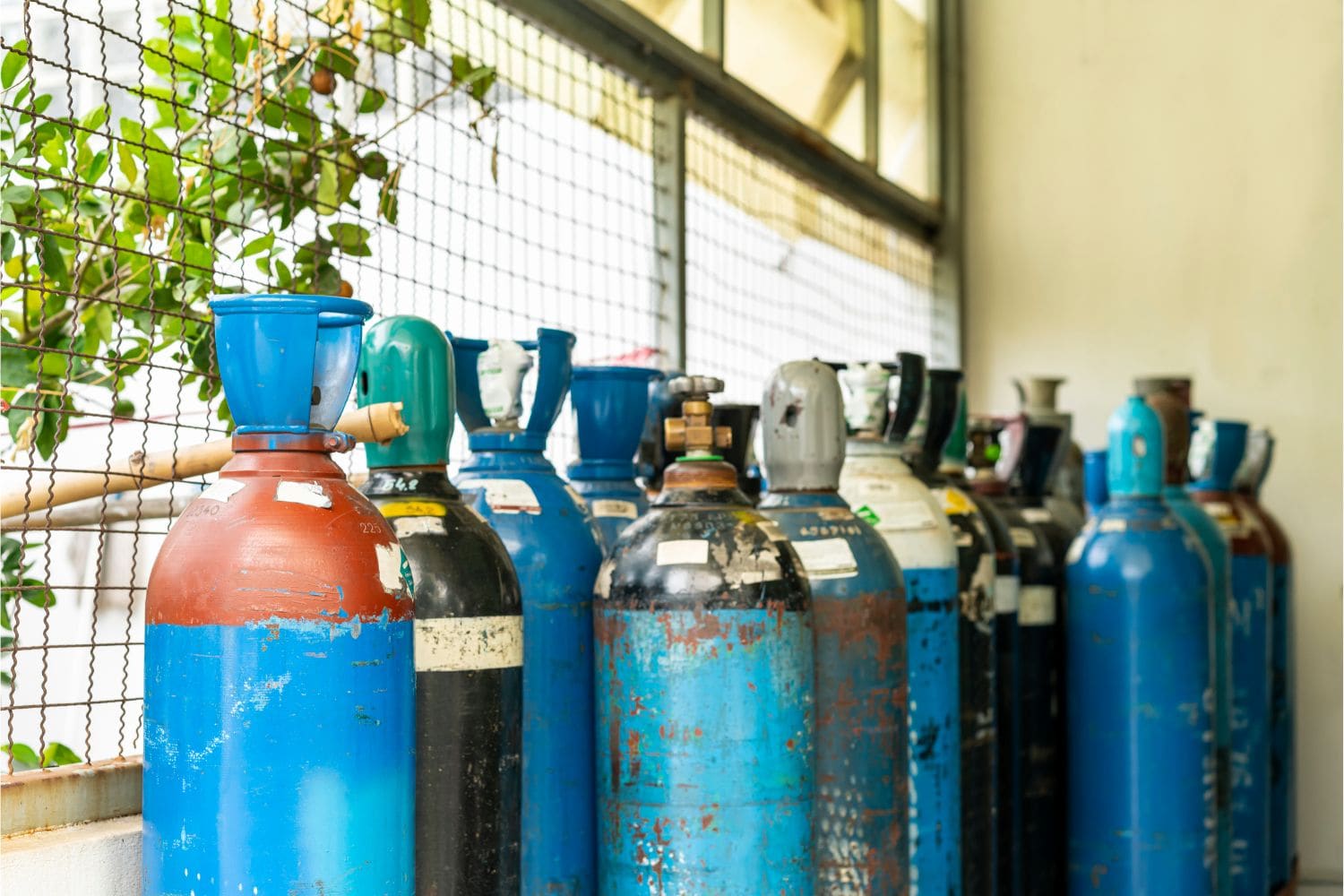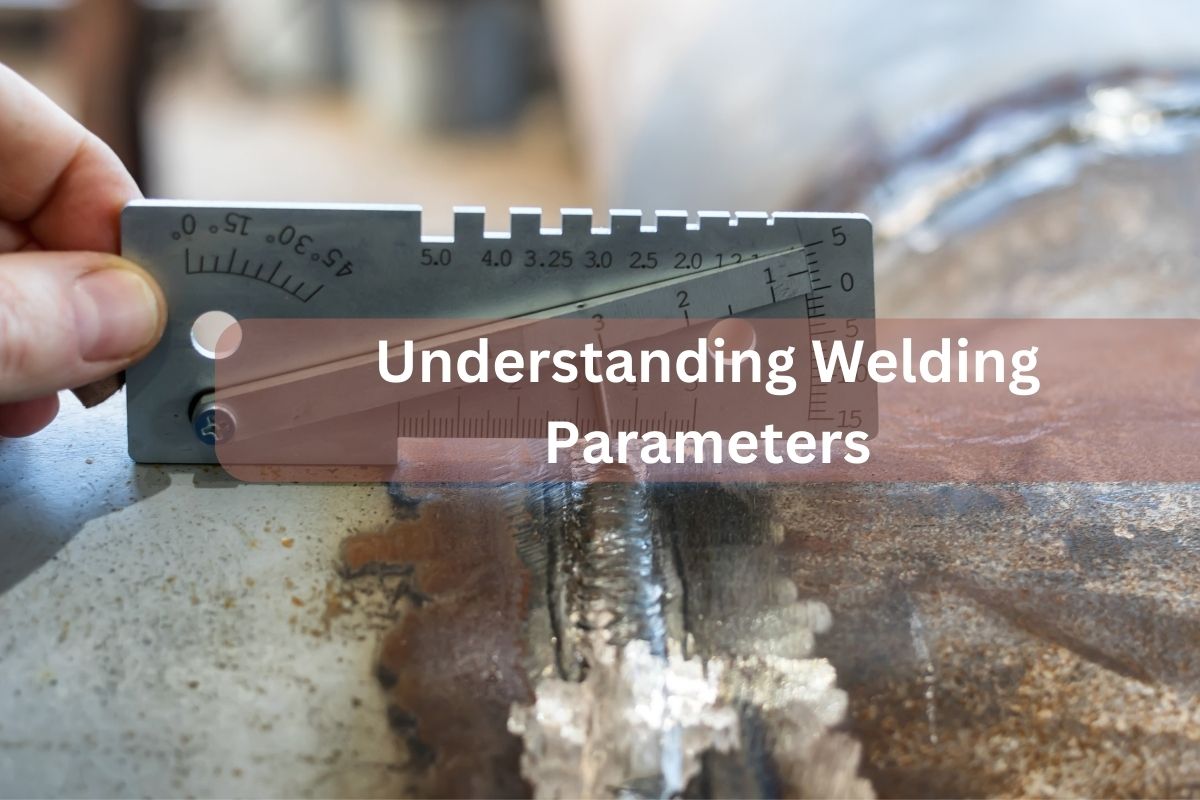Welding is the process of manufacturing two or more metal parts into a specific shape with a significant function.
It usually uses heat, pressure and a combination of both in the process. The process is not without welding parameters.
Parameters in welding are essential to determine the quality of the workpiece.
Without setting up the parameters, a welder cannot produce good results as expected from the blueprint.
Getting to know the parameters before trying to weld a metal object and create a design is very important.
Especially for a beginner welder who is just about to start to weld and add experience to it.
Here is the complete explanation of the parameters in welding.
Welding Parameters
There are several parameters to determine a high-quality result.
Especially for welders who are in the industry for a long time.
These parameters are something to check on regularly before proceeding with the welding process.
Moreover, not only it affects the result, but the correct parameters will also help to ease up the process.
An expert in welding will find it easier to mold any metals in any design once he gets hold of the right parameters.
Some include the welding current, welding speed, voltage, electrode, welding position, and shielding gas type.
Below is the complete explanation of the parameters in welding.
Read Also : Inductance in Welding: Don’t Let It Ruin Your Welds
Welding Speed
The first parameter in welding is the speed.
A welder determines the welding speed by the rate at which the welding electrode moves across the workpiece.
Hence, the welding speed affects the weld joint’s heat input and the weld bead’s size.
A faster welding speed is able to produce a detailed and more concentrated weld bead.
While the opposite creates a slower welding speed resulting in a wider, flatter weld bead.
Hence, I think a welder should know the speed’s importance that determines whether a workpiece will be or not.
Welding Voltage
The next parameter is the welding voltage.
The welding voltage is the electrical potential difference between the welding electrode and the workpiece.
Hence, it determines the size of the welding arc during the process.
Also, it may affect the depth and the width of the welding bead’s penetration.
A higher voltage results in a wider, flatter weld bead, while a lower voltage produces a narrower, more concentrated one.
Electrode Type

Another component that plays an essential part in welding is the electrode type.
The electrode is the tool to melt and fuse the workpiece with the metal and other components in welding.
The reason why electrodes are important is that its material affects the result of the welding.
A welder needs to match the workpiece material with the electrode.
Some of the materials that make the electrode are mild steel, stainless steel, aluminum, and other alloys.
The quality and the type of the material should match the material of the workpiece.
For example, a mild steel electrode is used for welding mild steel, while a stainless steel electrode is used for welding stainless steel.
Read Also : Electrode Welding: Advice for Choose the Right Electrodes
Welding Current

Welding current determines the quality of the work because it is the flow of electricity that runs to the welding arc.
In addition, there are two types of current.
The first current is DC (direct current), with electricity current directly running to the electrode. While the other one is AC (alternating current).
Read Also : AC vs DC Welding: Which is the Best Fit for Your Needs?
The selection of welding current depends on the type of metal being welded and the standard in the welding process.
For instance, DC welding is preferred for welding steel, while AC welding is used for aluminum and magnesium alloys.
The welding current can be adjusted to control the heat input to the weld joint.
Welding Position
The next parameter is the welding position.
How a welder positions the electrode with the surface of the workpiece is important.
Some of the welding positions are flat, horizontal, vertical, and overhead.
Read Also : 4 Essential Welding Position Types for Perfect Joints
The welding position affects the shape and size of the weld bead, as well as the difficulty of the welding process.
The more difficult the position, the more challenging for a welder to create a precise welding joint.
If a welder is not an expert, he may not get the position right and ruin the result instead. That is why a welder needs extensive training before doing the perfect welding.
Also, learn about various welding processes in which, each of which may have different welding positions here.
Shielding Gas Type

During welding, a welder needs a shielding gas to protect the pool from the surrounding.
Hence, there will be no other materials that will disturb or destroy the process and the result. If not shielded properly, it can cause oxidation, porosity, and other defects in the weld joint.
Argon, carbon dioxide, and helium are the most used shielding gases.
Moreover, the shielding gas selection will depend on the type of metal that a welder will modify and the welding process.
For example, argon is used for non-ferrous metal welding and needs argon as the shielding gas, while mild steel welding usually uses carbon dioxide.
If a welder uses the wrong shielding gas, it will affect the result and the quality of the workpiece. Hence, it is important to prepare the shielding gas beforehand.
In addition to these parameters in welding, other factors can also affect the quality of the weld joint.
These include the cleanliness of the workpiece, the joint design, and the skill of the welder.
For instance, a dirty or contaminated welding workpiece can cause defects in the weld joint, such as porosity or cracking.
A proper joint design is also essential for achieving a strong, durable weld joint.
Finally, the skill of the welder is crucial for controlling the welding parameters and producing a high-quality weld joint.
Read Also : Welding GAS Cylinder Sizes: Discover the Best Gases
Conclusion
In conclusion, parameters in welding play an important role in the welding process.
Several factors determine how the result of the workpiece will be.
Also the quality of the metal joint and the molten point also affects the result. A welder needs to be careful to prepare everything beforehand.
Welding parameters include the welding current, voltage, welding speed, electrode type, welding position, and shielding gas type.
The maximum values for these parameters depend on the type of metal being welded and the welding process.


